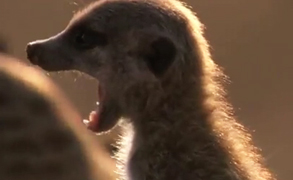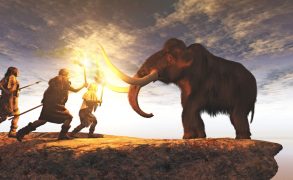
Japanese scientists revive mammoth cells (and other mammoth news)
Japanese scientists have extracted cell nuclei from the bone marrow of a 28,000-year-old mammoth and inserted them into mouse egg cells. Subsequently, they observed that the cell nuclei showed signs of division, but…
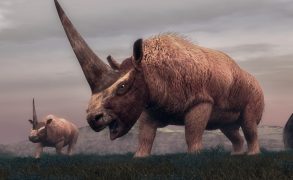
Our ancestors hunted a Siberian unicorn
A prehistoric rhinoceros nicknamed the Siberian unicorn roamed the tundra when modern man arrived in the region, according to new research. The rhino with the Latin name of Elasmotherium sibiricum weighed more than…
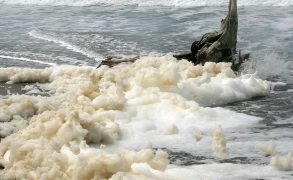
What is beach ‘foam’?
Beach foam is produced from proteins. The white beach foam is due to fat and protein in ocean water, which the surf ‘whips’, just like whipped cream. Animals and plants in both salty…
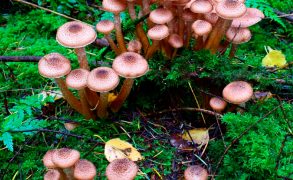
World’s heaviest organism living underground in the US
One of the world’s oldest and biggest inhabitants – a honey fungus – has spread tremendously. Scientists from the University of Missouri in the US have studied a famous honey fungus, Armillaria gallica,…
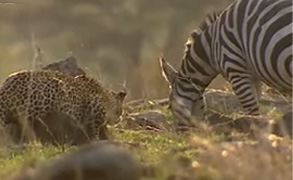
Leopard v Zebra
Leopards rely on getting as close to their prey as possible. Sometimes stalking their prey for hours before launching a high speed ambush.
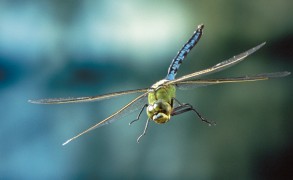
The Perfect Killer
Lions and white sharks are top-level predators, but compared to the superior hunter of the world of insects, they’re rank amateurs. Nature has made the dragonfly an efficient killing machine, whose sophisticated vision,…
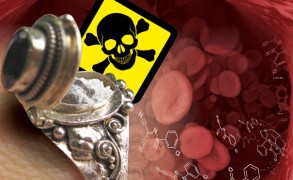
Molecular Murder
Nature’s most potent poisons attack the tiniest building blocks of our bodies: the cells. Poisons can effect as little as one molecule – but this has fatal consequences. Even the slightest molecular change…
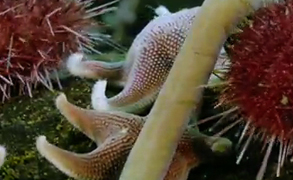
Timelapse of swarming monster worms and sea stars
Three-foot nemertean worms and carnivorous sea stars prowl the Antarctic in search of flesh.
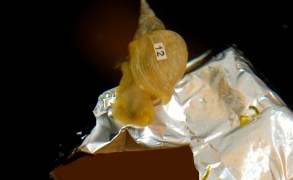
Snails improved their memory after “eating” chocolate
Turns out that flavonoids make snails smarter.

